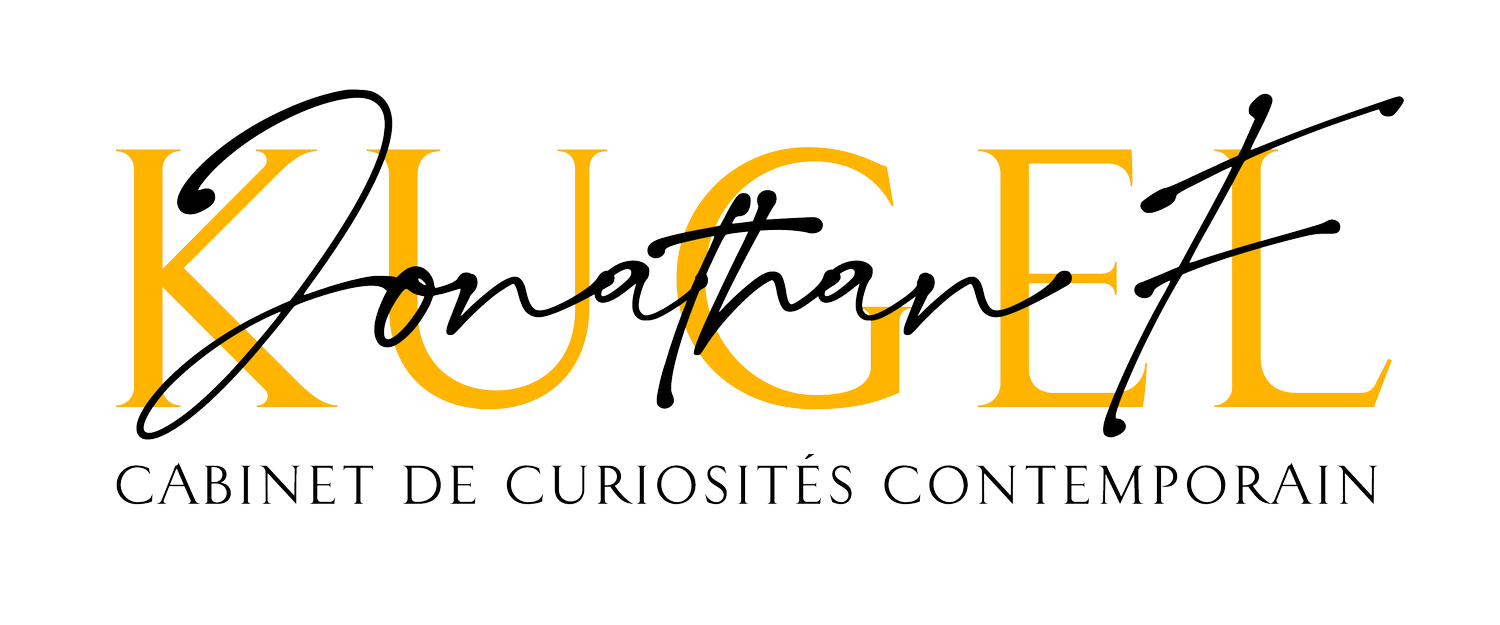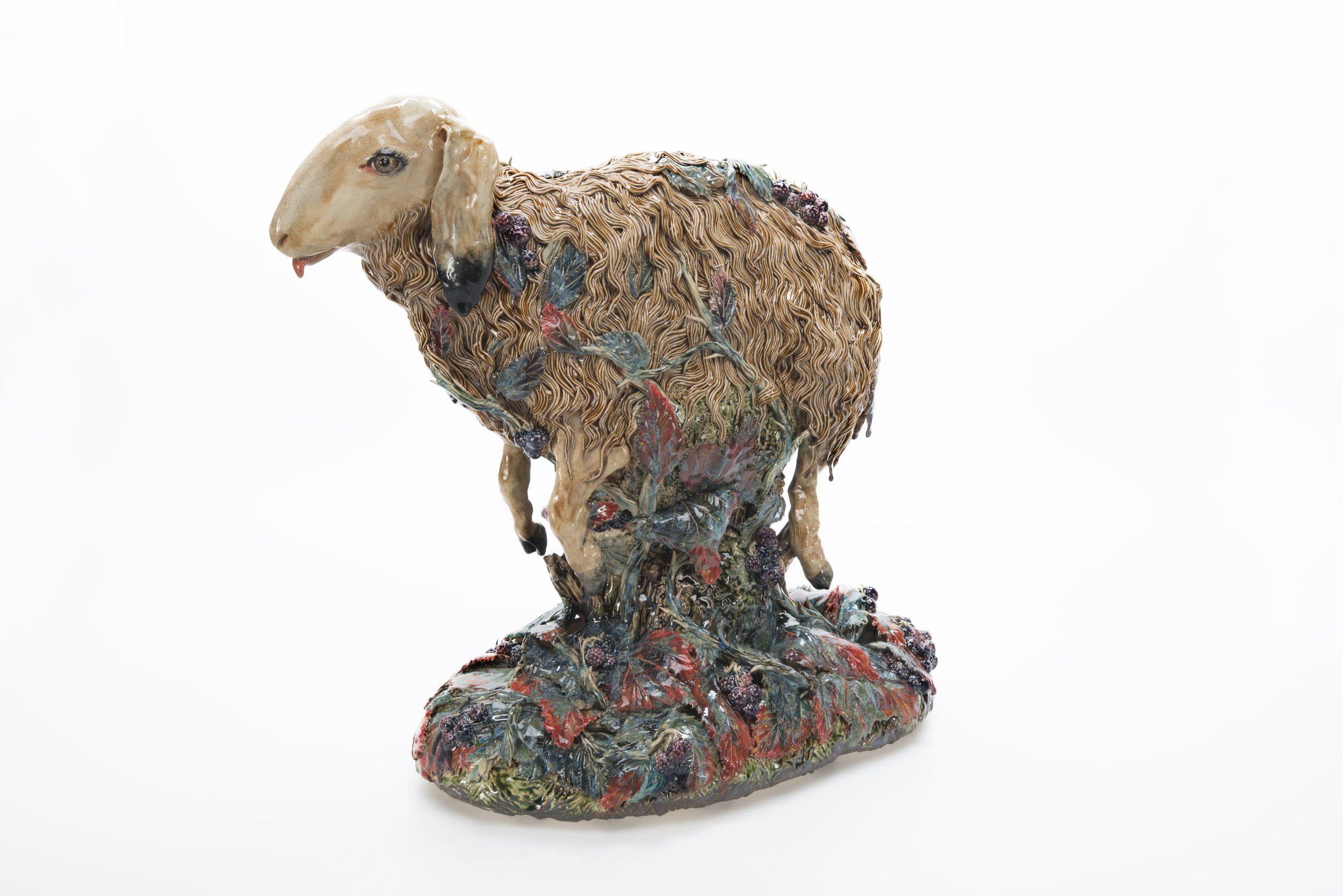24/03 - 15/10/2022
JAMES B. WEBSTER
James B. Webster trained in classical sculpture in Florence as an apprentice to Marianne Luchetti. The desire to delve further into the observation of anatomy and nature led James Webster to return to his native Suffolk, where he spends many months in seclusion in his studio, studying his subjects and striving not only to master the various techniques of ceramics but also to push the boundaries of his art.
Through his work James captures human passions and emotions such as pleasure, pain and faith and questions their relationship to time by building bridges between ancient art symbols and our contemporary world.
"Black/White: Confinement has challenged my faith in many things. This series of four sculptures was born out of the literal observation of my environment, through objects I found and collected in nature mixed with portraits of people I cannot see, touch or continue my journey with. A new faith in Black Lives Matter, gender equality, the #metoo movement are experiences that have redefined my/our future. These sculptures transform the finite details of the experience gained in porcelain into an image of myself and others. This combination changes my history, the names of individuals merge with the mythological characters they accidentally embody becoming symbols for a future to be lived." J. B. WEBSTER
CAROLEIN SMIT
A virtuoso in ceramics, which she has been practising since the 1980’s, particularly gifted in her work with glaze, Smit enjoys an international reputation and is respected for her technique and her recognisable fantasy world.
Inspired by mythology, folk tales and other narratives, Carolein Smit's work transcends the very idea of beauty and contradicts commonly held beliefs about what makes something attractive. Her fascination with contrasts: the ugly but adorable, or the scary but fragile, reminds her of the vulnerability and impermanence of life, and the inevitability of death. Carolein Smit pays close attention to detail, which also brings a very sensorial aspect to these pieces.
In 2018, the Victoria & Albert Museum of London, dedicated the exhibition "Myth and Mortality: the fairy-tale world of Carolein Smit" and made her part of their permanent collection.
"It's not very difficult to like my work. Everything shines and sparkles, is adorable, and the details of the eyes, tongues, noses and ears are endearing. People like this kind of refinement. It can bring back memories of the precious Meissen porcelain. That's how I like it. I want people to like my sculptures. I want them to put their heart into it and I do everything I can to make them do that. But at the same time I don't want to make that love too easy. It is painful, fragile, unfulfilled and sometimes dangerous. Where are the limits, where does innocence become guilt? Where does life become death? This is the subject of my work. The tension brought by emotional dilemmas, the attempt to separate good from evil, where everything evolves from blunders, coincidences and misunderstandings." C.SMIT
VIVIAN VAN BLERK
Vivian van Blerk, initially a photographer, became frustrated with the literal representation of reality. He began by creating sets and scenes, then cut out and transformed his photographs, which he sometimes printed on different media, in order to translate an unbridled imagination.
In 2017, van Blerk began working in ceramics with his series of skulls in stoneware and porcelain Interior Kingdoms. It evokes memories and dreamlike stories that imbue our imagination with unexpected images.
Vivian's favourite theme is regeneration. These sculptures crystallise the narrative of a universe where children and animals join forces to rebuild a society on a planet that has reverted to its wild state.
"Ceramics allowed me to make my models into full-fledged works and no longer a support for photographic work. This material, so concrete, so noble and so fragile, has no equal in expressing the precarious beauty of our existence.” V. VAN BLERK




